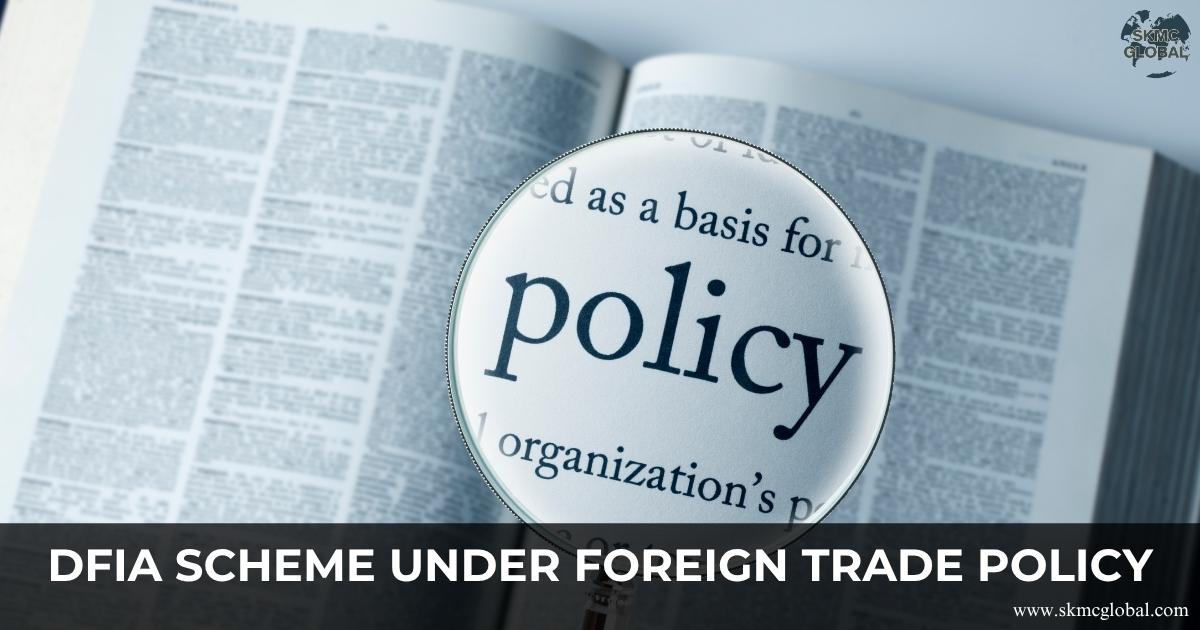
The DFIA scheme (Duty Free Import Authorisation) has become a pillar for Indian exporters to simplify costs and aid in global competitiveness. As per the Foreign Trade Policy, the DFIA scheme permits exporters to import inputs free of duty on the condition that such materials should be embodied physically into export goods.
This scheme not only minimizes input costs but also facilitates flexibility in pricing for exporters who operate from engineering, textiles, and pharma to food processing, and specialty manufacturing. Businesses who intend to take advantage of this facility need to know about the DFIA scheme, compliance issues, and running nuances.
What is DFIA (Duty Free Import Authorisation)?
The DFIA scheme is a duty exemption scheme under the Foreign Trade Policy whereby raw materials, components, and certain consumables could be imported by exporters without paying customs duty on them provided such inputs are used in export products.
The objective of the DFIA is to raise export competitiveness by reducing the cost of production entering the country so that it becomes feasible for exporters to offer their products at competitive prices in foreign markets.
The essential features of the DFIA scheme are:
- Duty-free import of eligible inputs.
- Physical integration of the imported inputs into exported goods compulsorily.
- Minimum value addition requirement (usually 20%).
- In various industries like engineering, pharma, food processing, textiles, etc.
By facilitating cost-effective imports, the DFIA scheme encourages export business growth with compliance regulation.
DFIA Scheme: Applicability and Eligibility
- Exporters registered with IEC and RCMC.
- Both manufacturer exporters and merchant exporters (along with supporting manufacturers).
- Export products covered under Standard Input Output Norms (SION) notified by DGFT.
- Post-export purposes, i.e., DFIA is issued upon completion of exports and realization of proceeds.
Restrictions include:
- Products eligible for pre-import or actual user conditions (Appendix 4J).
- Prohibited/restricted items like SCOMET items or designated biotech/agriculture products.
- Exclusion of industry groups such as gems and jewellery.
DFIA Application Process and Documentation
1. Filing of Application: Submit the digitally signed application on DGFT portal (ANF 4G format).
2. Export Realization: Export realization should take place within 12 months from the date of filing of application, and DFIA file number should be mentioned on bills of export.
3. Documentation: Documents needed include shipping bills, e-BRC, technical details of inputs, and proof of realization of export.
4. Issuance & Port Registration: Post-export, apply for issue of transferable DFIA by DGFT. DFIA should be registered in authorized ports for duty-free importation.
DFIA Scheme: Benefits for Exporters
- Reduced Costs: Exemption from Basic Customs Duty lowers input costs.
- Transferability: Exporters are able to partition and transfer DFIA to other eligible parties, making it flexible.
- Competitiveness: Lower input costs allow for competitive overseas market pricing.
- Sector Coverage: DFIA benefits are spread over different sectors of industry like engineering, textiles, pharma, and food processing.
- Eligible Inputs: Raw materials, consumables, catalysts, and packing materials to be utilized in export production.
Major Features and Limitations of DFIA
Key Features:
- Duty Exemption: The scheme exempts BCD on imported inputs but not IGST and cesses.
- Export Realization: DFIA is released upon export, with realization of export proceeds as per RBI instructions.
- Transferability: The DFIA is transferable to other eligible parties upon realization of export, giving ease to exporters.
- Eligible Inputs: Such inputs that come under the Standard Input-Output Norms (SION) are eligible inputs and not pre-imported goods or goods under actual user condition.
- Split Authorisation: DFIA may be split by exporters with a minimum CIF value of ₹10 lakh per split.
- Sector Restrictions: Certain sectors such as gems & jewellery, and goods such as SCOMET or biotech items are exempted.
- Application Mode: Online applications are submitted on the DGFT portal and a digital signature is required.
- Export Period: Exports should be completed within 12 months from the date of application.
- Value Addition: A minimum value addition of generally 20% must be present to take advantage of DFIA benefits.
Limitations:
- DFIA covers only Basic Customs Duty, hence other charges like IGST are levied.
- The facility cannot be extended beyond the period of 12 months validity.
- Only goods with notified SION are admissible; others have to utilize alternative facilities such as Advance Authorisation.
- Compliance with documentation, usage of inputs, and realization of export is required, otherwise, penalty or recovery of duty may be applicable.
Validity of DFIA License
DFIA license is valid for 12 months from the date of issue and is non-renewable. It is issued subsequent to the export and can be transferred to eligible parties during the term. The exporters must avail all duty-free imports and utilize the inputs within the specified time frame because any delay may attract duty recovery and penalties.
How SKMC Global Can Help?
Eligibility & Product Mapping: Product mapping and checking against SION and DFIA applicability.
Application Filing: Assistance in filing online, technical reports, port registration, and shipping bill endorsements.
Post-Export Compliance: Verify export invoices, e-BRC, and realization documents for issuance of DFIA.
Transferability & Splitting: Guidance on splitting DFIA among eligible parties.
Regulatory Liaison: Interface with DGFT and Customs for approvals and clarifications.
Record Maintenance: Compliance with input consumption tracking according to guidelines of DFIA.
Audit Preparation: Support during audits, including document verification and technical justification.
Conclusion
The DFIA scheme or Duty Free Import Authorisation is a vital instrument for Indian exporters looking for affordable overseas expansion. Export promotion becomes costlier, production costs are reduced, and export growth is promoted through the exemption of duty on input to be utilized in exports by the DFIA scheme. Technical compliance, correct documentation, and timely submission are required to avail these benefits.
SKMC Global offers exporters professional guidance at every stage of the DFIA process—ranging from eligibility mapping and application filing to post-export compliance and audit readiness. With professional guidance, exporters can utilize the DFIA scheme effectively and derive significant operational and financial benefits under India's Foreign Trade Policy.
FREQUENTLY ASKED QUESTIONS
No. Only Basic Customs Duty (BCD) is exempted. IGST and other cesses are to be paid on import.
Yes. Merchant exporters are eligible provided that the supporting manufacturer's details are reported in the application and export documentation.
Generally 20% value addition is required, but in some sectors exceptions have been notified in the SION.
The DFIA is divisible into admissible entities with a minimum CIF value of ?10 lakh per division.
No. The DFIA license is non-transferable and must be taken within its 12-month validity period.
The exporters must maintain suitable records of all imported inputs, i.e., data about consumption, and submit online compliance reports under DGFT guidelines.
No. DFIA is only for notified Standard Input-Output Norms (SION) products. Exporters can make use of Advance Authorisation schemes for other products.
Defective goods may be re-exported under Custom provisions, and DFIA may be issued afresh for the remaining validity period.
Default in export obligations can result in recovery of duty saved with interest, penalty, or refusal of authorization of DFIA.
Recent Posts
-
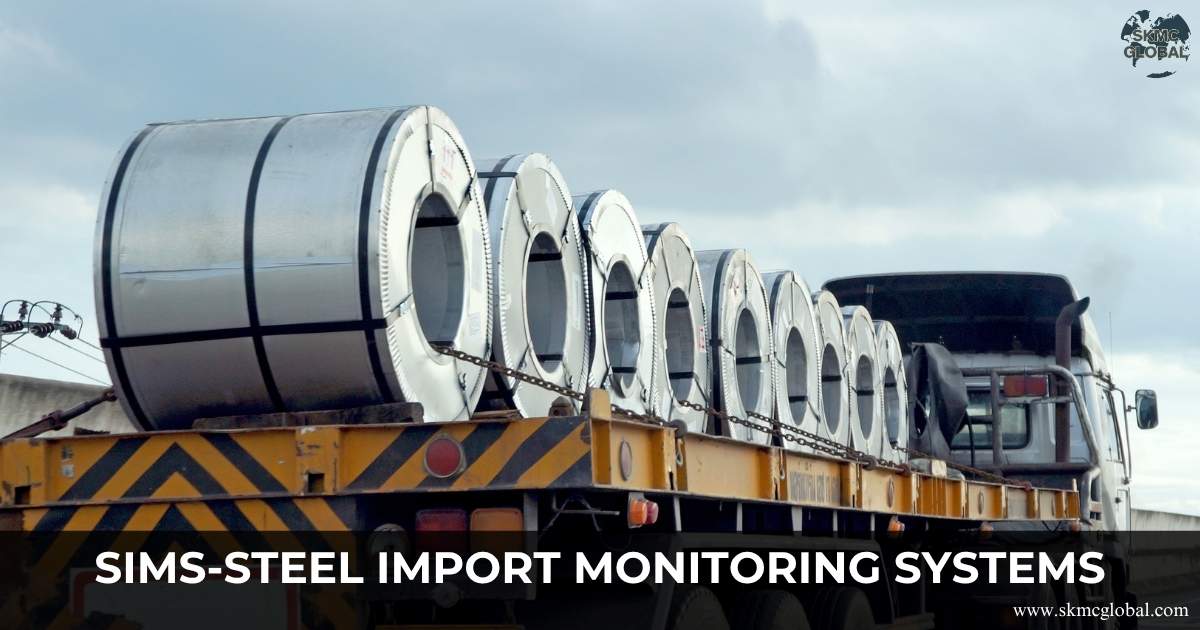 What is SIMS and When It Is Required?...
Nov 10,2025
What is SIMS and When It Is Required?...
Nov 10,2025
-
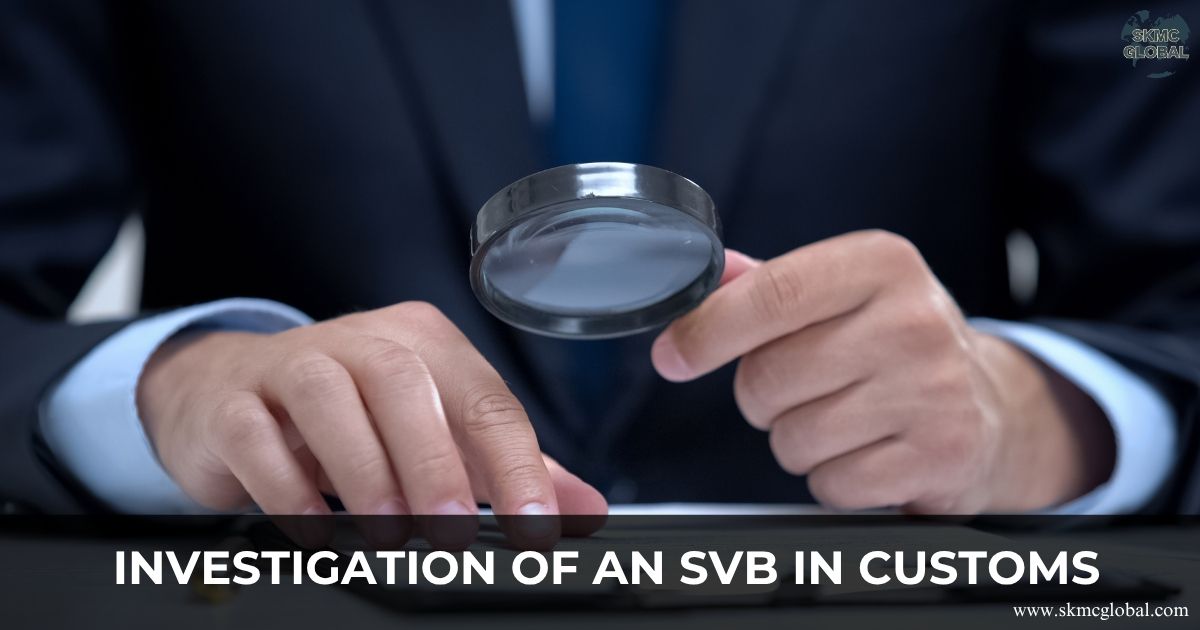 What if your SVB investigation does not satisfy cu...
Nov 04,2025
What if your SVB investigation does not satisfy cu...
Nov 04,2025
-
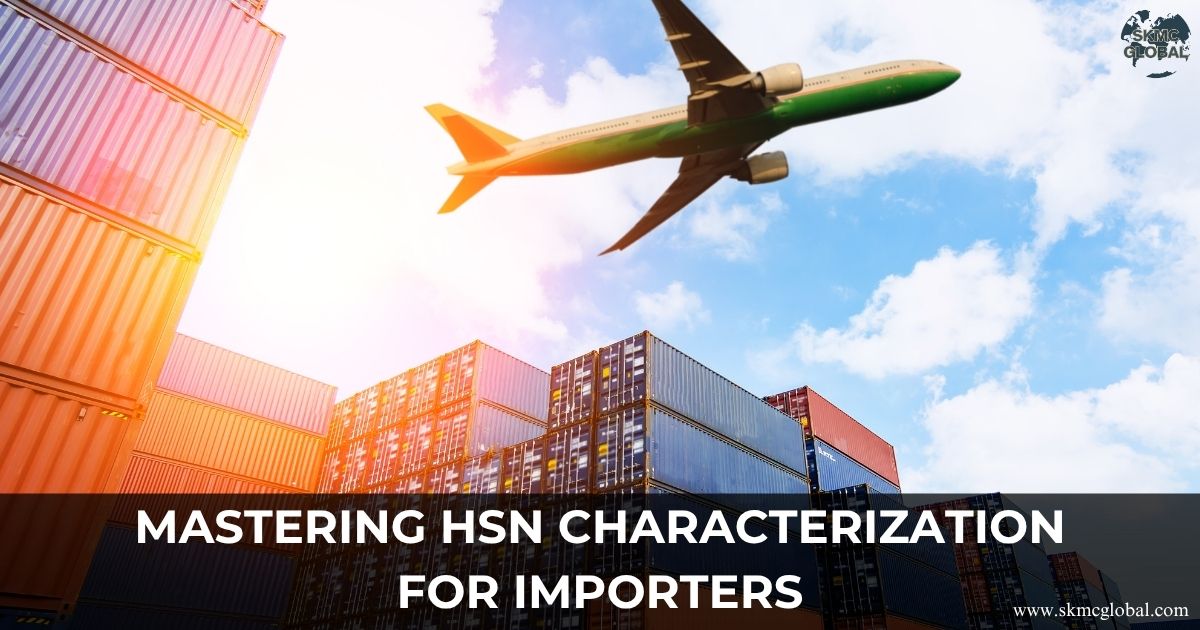 Mastering HSN Characterization for Importers...
Oct 29,2025
Mastering HSN Characterization for Importers...
Oct 29,2025
-
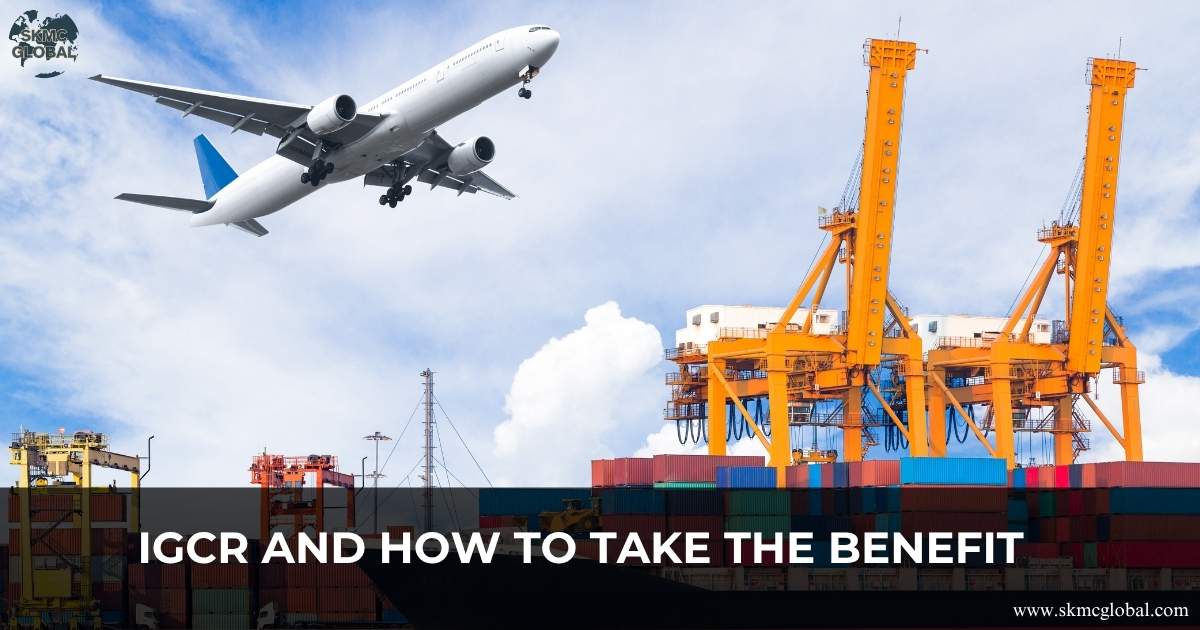 What is IGCR and How to Take the Benefit?...
Oct 18,2025
What is IGCR and How to Take the Benefit?...
Oct 18,2025
-
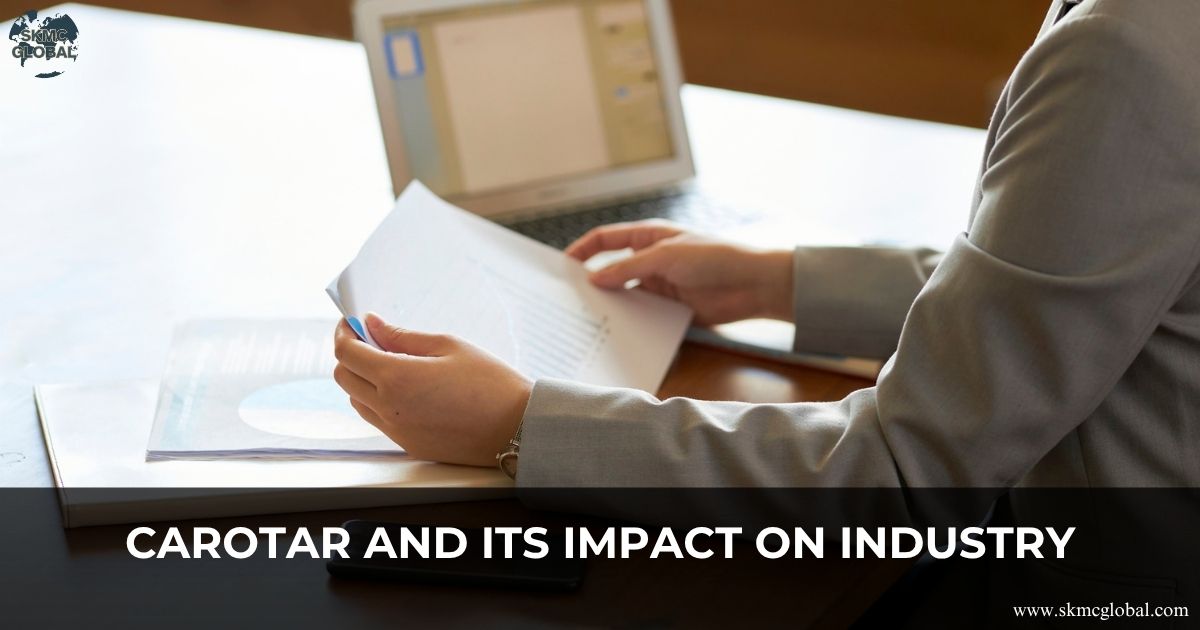 What is CAROTAR and Its Impact on Industry?...
Oct 15,2025
What is CAROTAR and Its Impact on Industry?...
Oct 15,2025
-
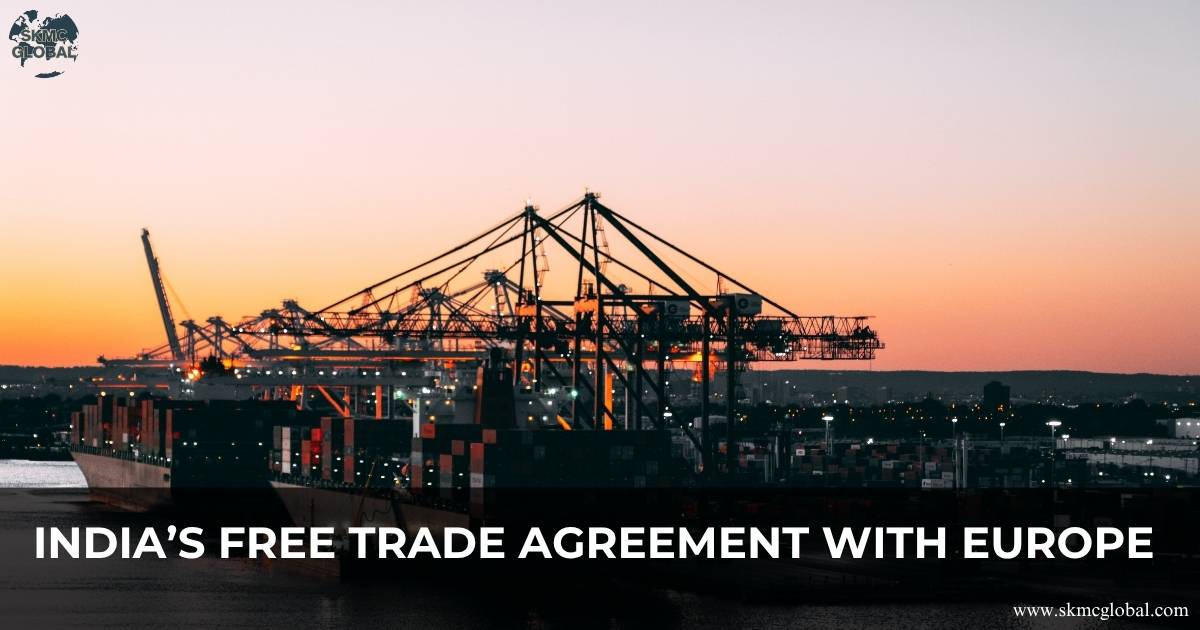 India’s Free Trade Agreement with Europe ...
Oct 14,2025
India’s Free Trade Agreement with Europe ...
Oct 14,2025
-
 Comprehensive Economic Partnership Agreement of In...
Oct 13,2025
Comprehensive Economic Partnership Agreement of In...
Oct 13,2025
-
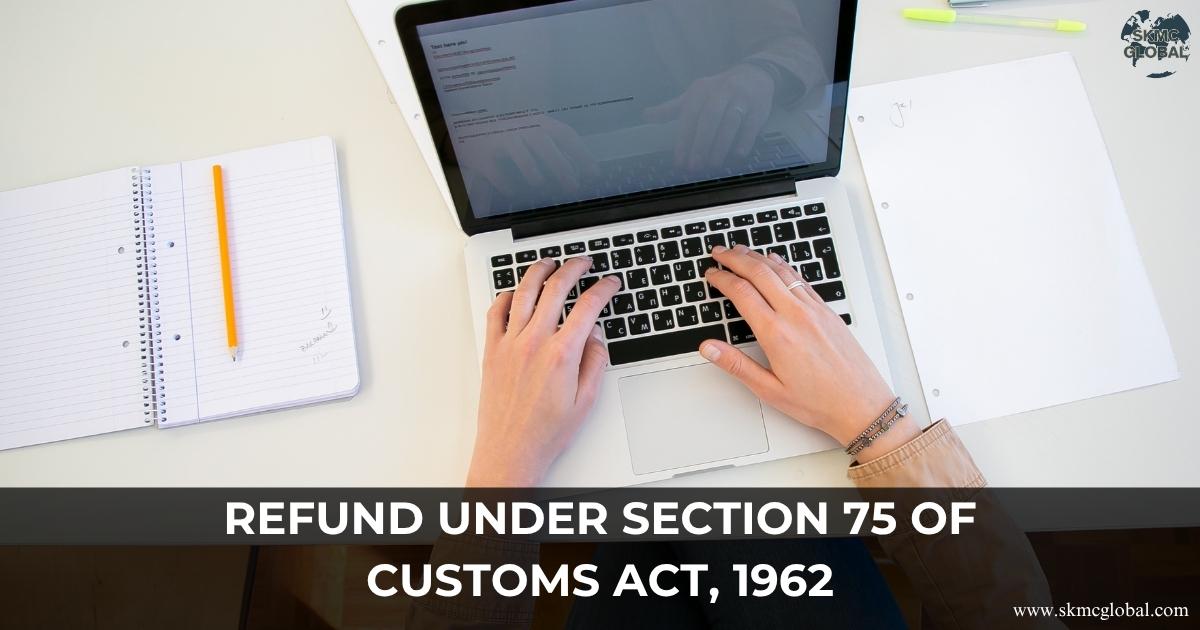 Refund under Section 75 of Customs Act, 1962...
Oct 11,2025
Refund under Section 75 of Customs Act, 1962...
Oct 11,2025
-
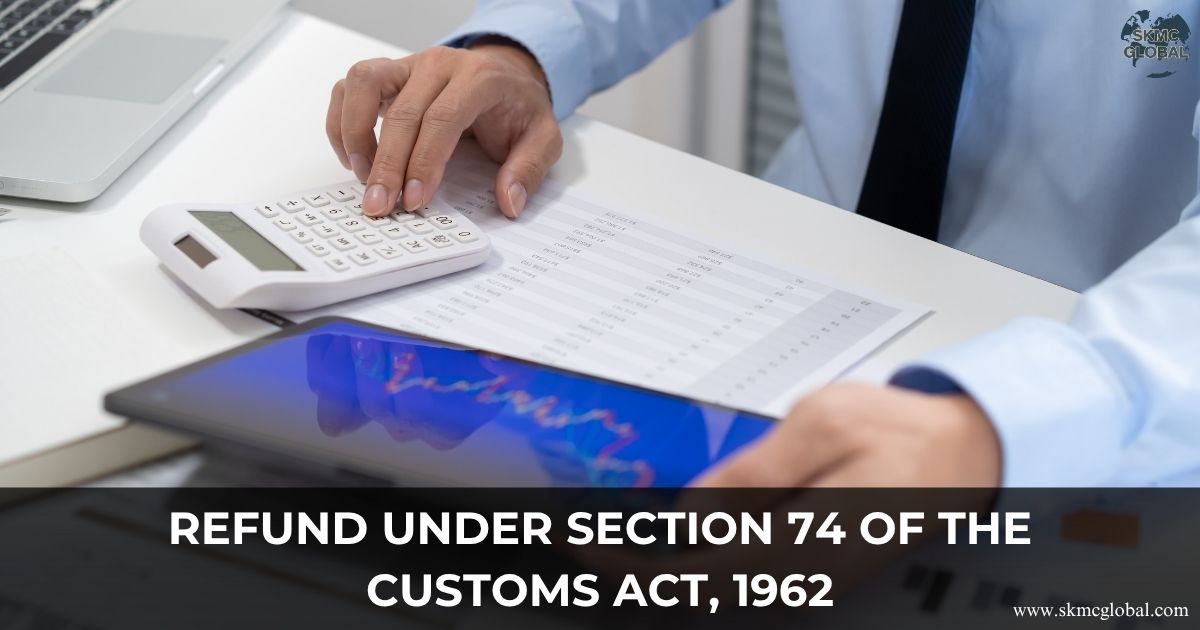 Refund under Section 74 of the Customs Act, 1962...
Oct 10,2025
Refund under Section 74 of the Customs Act, 1962...
Oct 10,2025
-
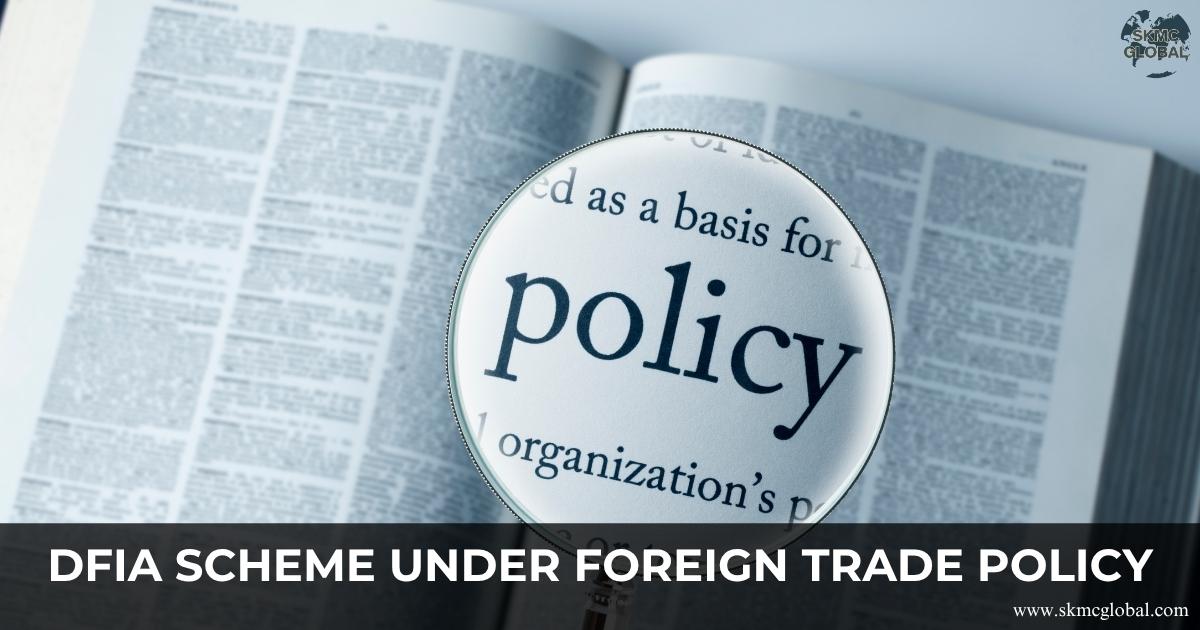 All About DFIA Scheme under Foreign Trade Policy...
Oct 07,2025
All About DFIA Scheme under Foreign Trade Policy...
Oct 07,2025
-
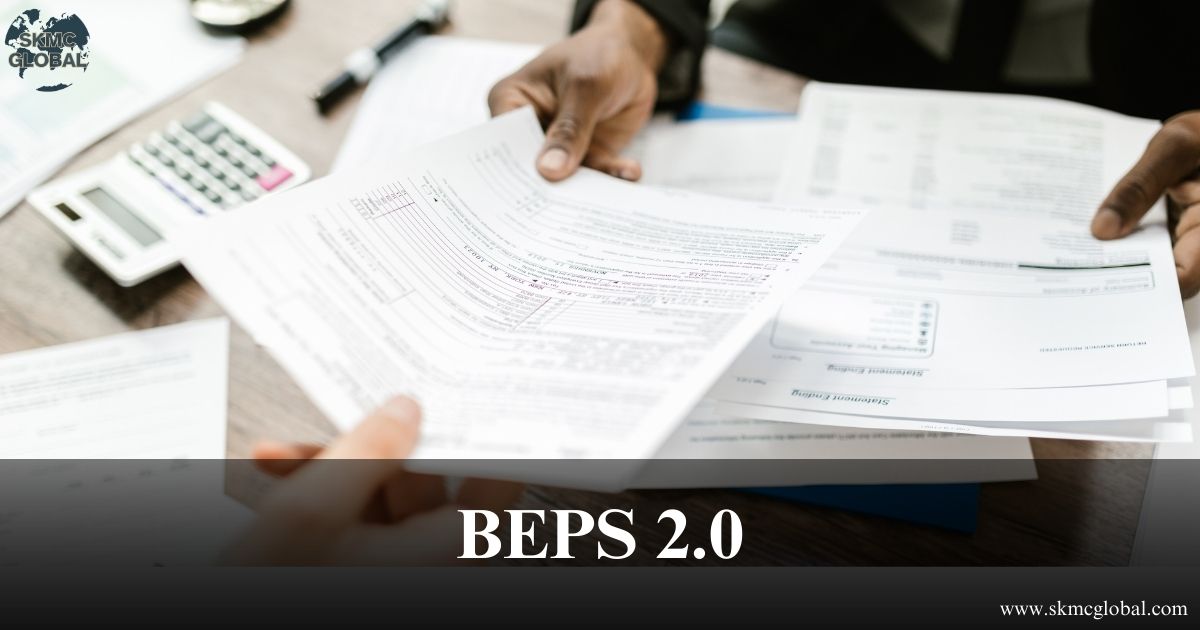 Navigating BEPS 2.0: Pillar One & Pillar Two in Tr...
Aug 16,2025
Navigating BEPS 2.0: Pillar One & Pillar Two in Tr...
Aug 16,2025
-
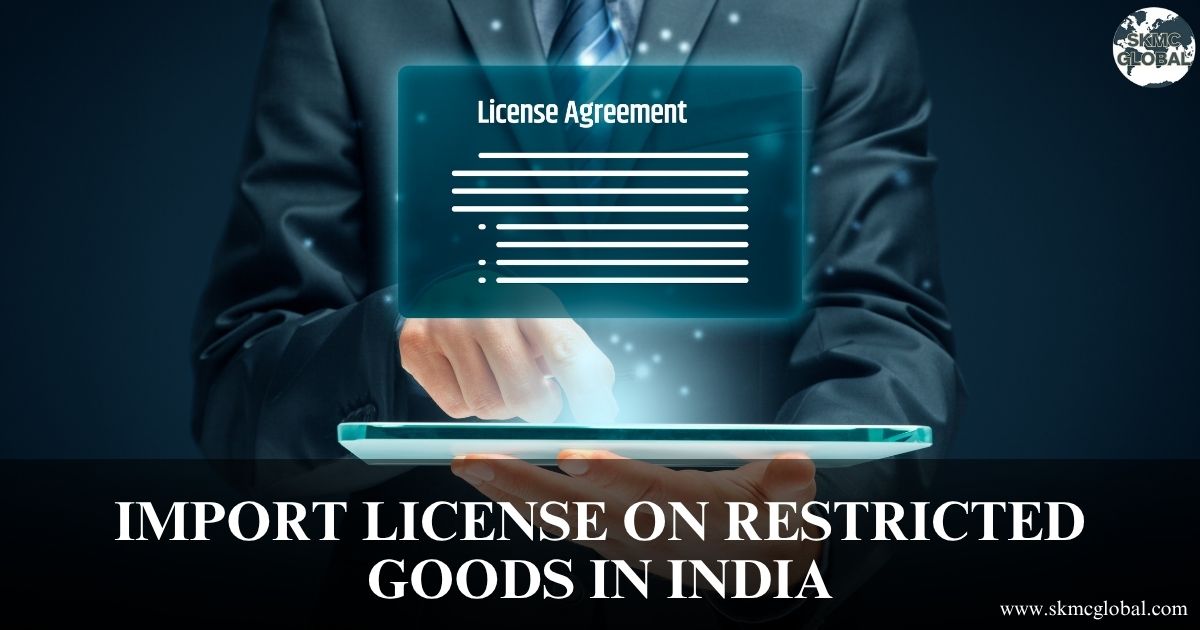 Import license on restricted goods in india...
Aug 07,2025
Import license on restricted goods in india...
Aug 07,2025
-
 Procedure to take ICEGATE Registration...
Aug 06,2025
Procedure to take ICEGATE Registration...
Aug 06,2025
-
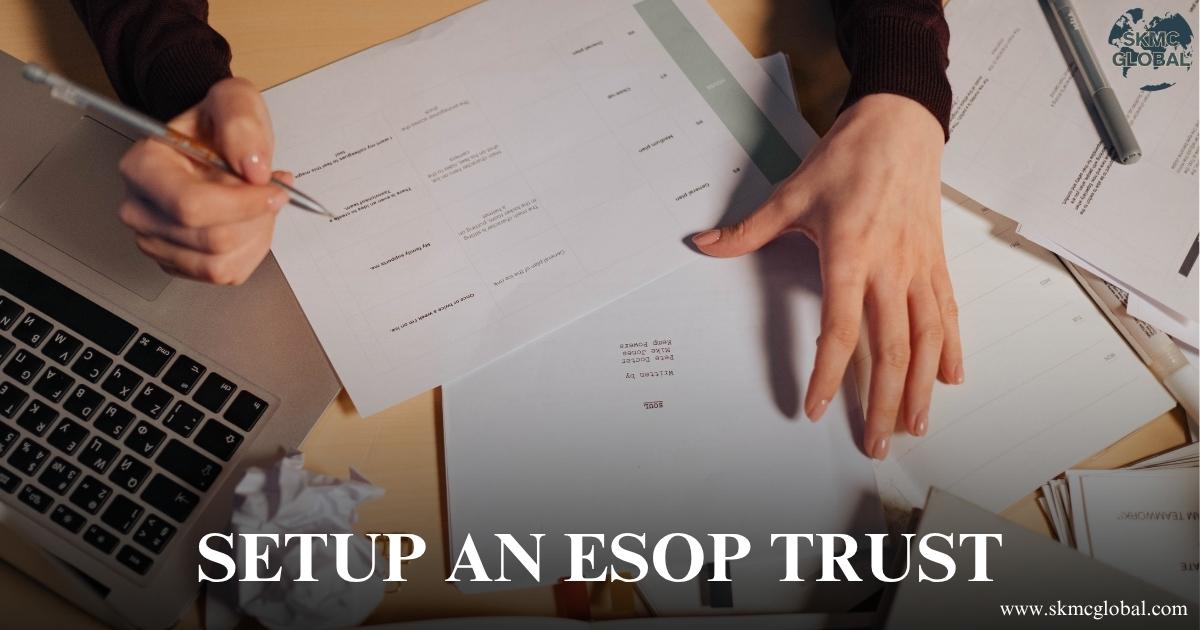 Procedure to setup an ESOP Trust...
Aug 01,2025
Procedure to setup an ESOP Trust...
Aug 01,2025
-
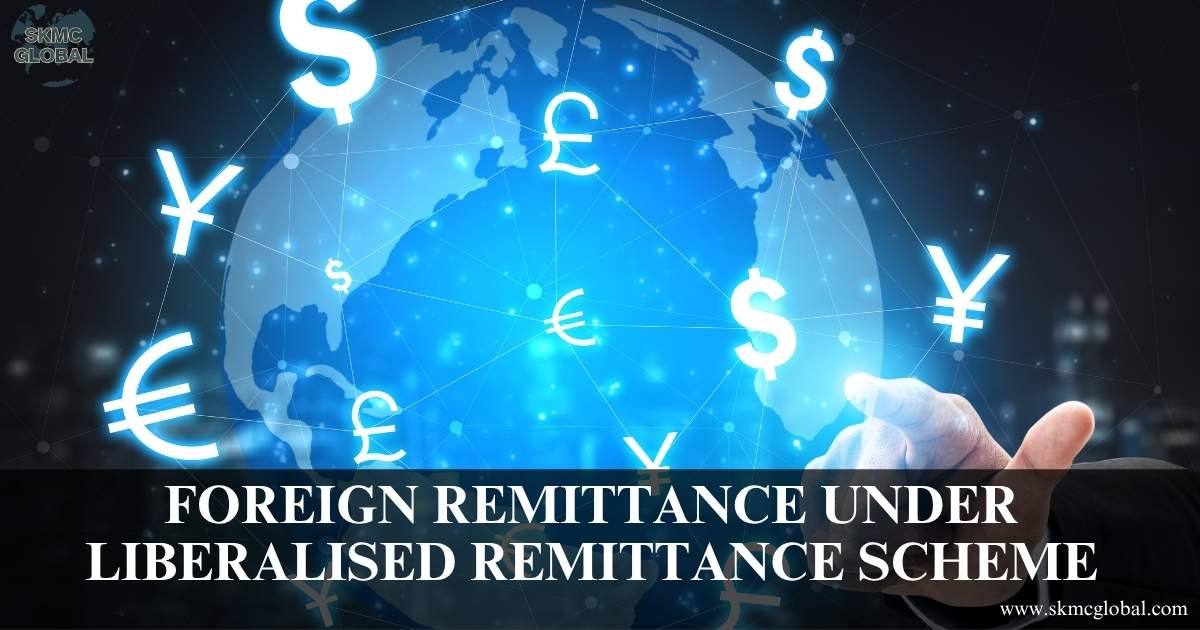 Foreign Remittance under liberalised remittance Sc...
Jul 30,2025
Foreign Remittance under liberalised remittance Sc...
Jul 30,2025
-
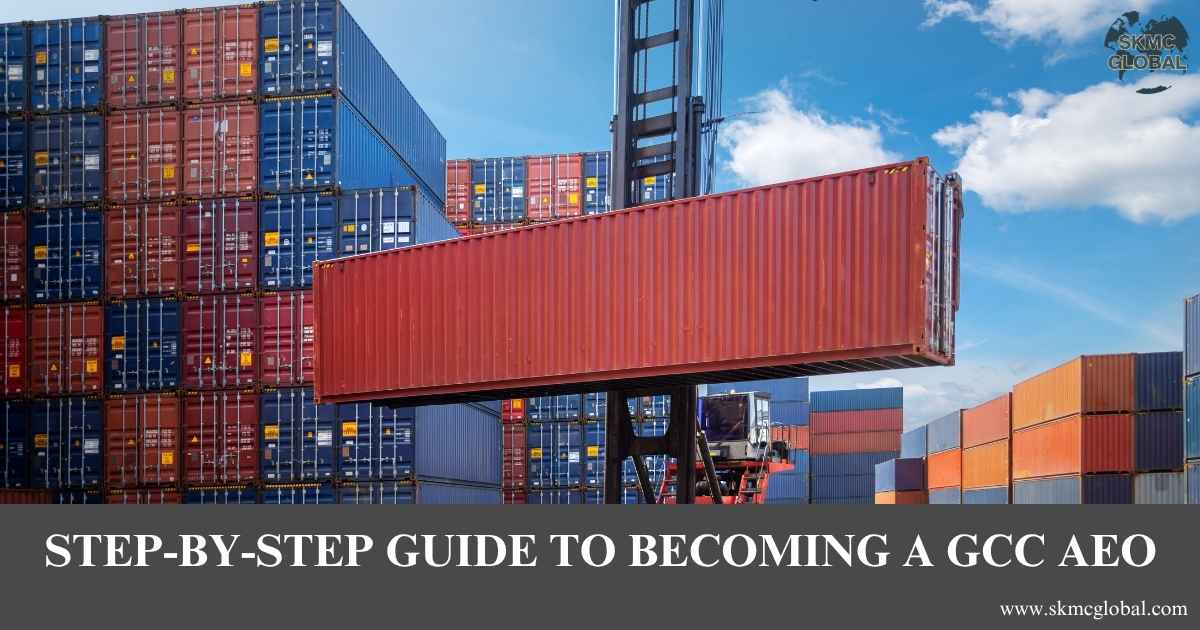 A Step-by-Step Guide to Becoming a GCC AEO...
Jul 18,2025
A Step-by-Step Guide to Becoming a GCC AEO...
Jul 18,2025
-
 Role of Mutual Recognition Agreements under AEO an...
Jul 14,2025
Role of Mutual Recognition Agreements under AEO an...
Jul 14,2025
-
 What is Anti Dumping Duty investigation and its pr...
Jul 09,2025
What is Anti Dumping Duty investigation and its pr...
Jul 09,2025
-
 Annual return requirement under RoDTEP scheme of D...
Jul 09,2025
Annual return requirement under RoDTEP scheme of D...
Jul 09,2025
-
 EPCG Registration: A Step by step Guide for Indian...
Jul 08,2025
EPCG Registration: A Step by step Guide for Indian...
Jul 08,2025
-
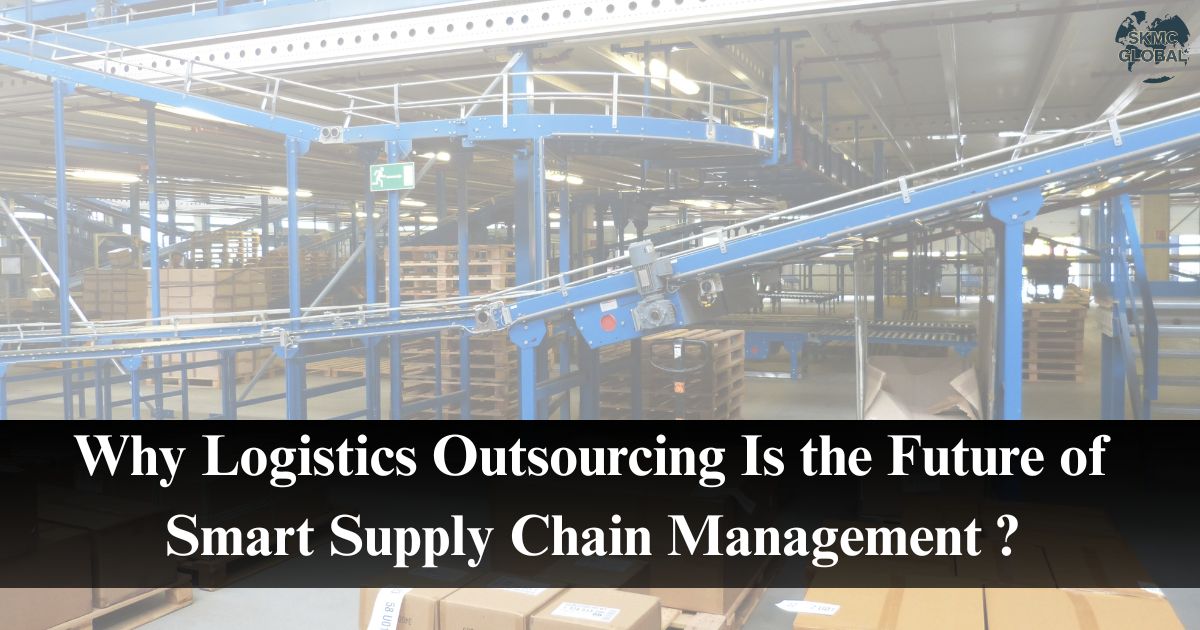 Why Logistics Outsourcing Is the Future of Smart S...
Jun 02,2025
Why Logistics Outsourcing Is the Future of Smart S...
Jun 02,2025
-
 India's Foreign Trade Agreement and Investment Tre...
May 31,2025
India's Foreign Trade Agreement and Investment Tre...
May 31,2025
-
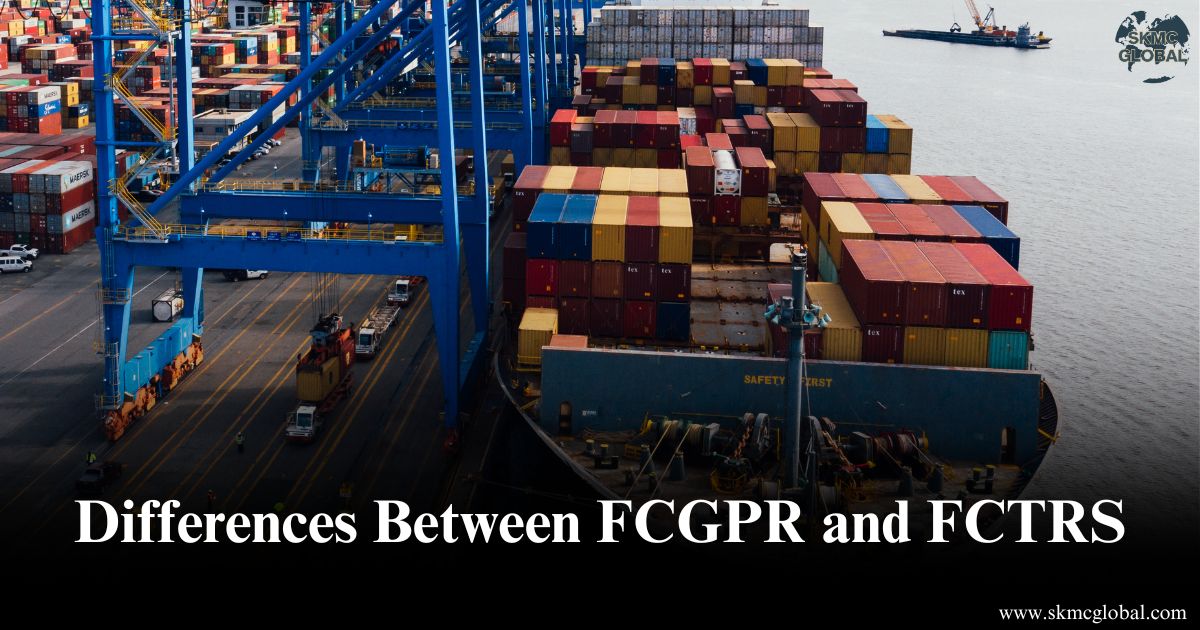 Differences Between FCGPR and FCTRS:A Comprehensiv...
May 28,2025
Differences Between FCGPR and FCTRS:A Comprehensiv...
May 28,2025
-
 Understanding FDI Norms- A Guide for Foreign Inves...
May 29,2025
Understanding FDI Norms- A Guide for Foreign Inves...
May 29,2025
-
 What you need to know about india's special econom...
May 27,2025
What you need to know about india's special econom...
May 27,2025
-
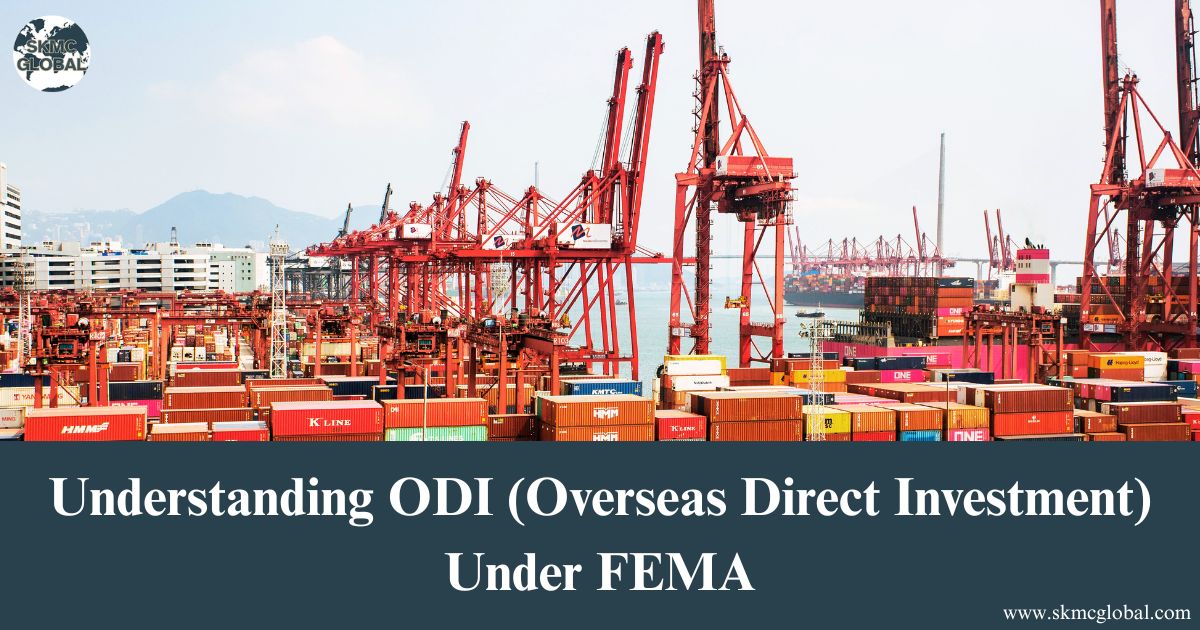 Understanding ODI (Overseas Direct Investment) Und...
May 26,2025
Understanding ODI (Overseas Direct Investment) Und...
May 26,2025
-
 How to Track AEO Registration Application and Chec...
May 22,2025
How to Track AEO Registration Application and Chec...
May 22,2025
-
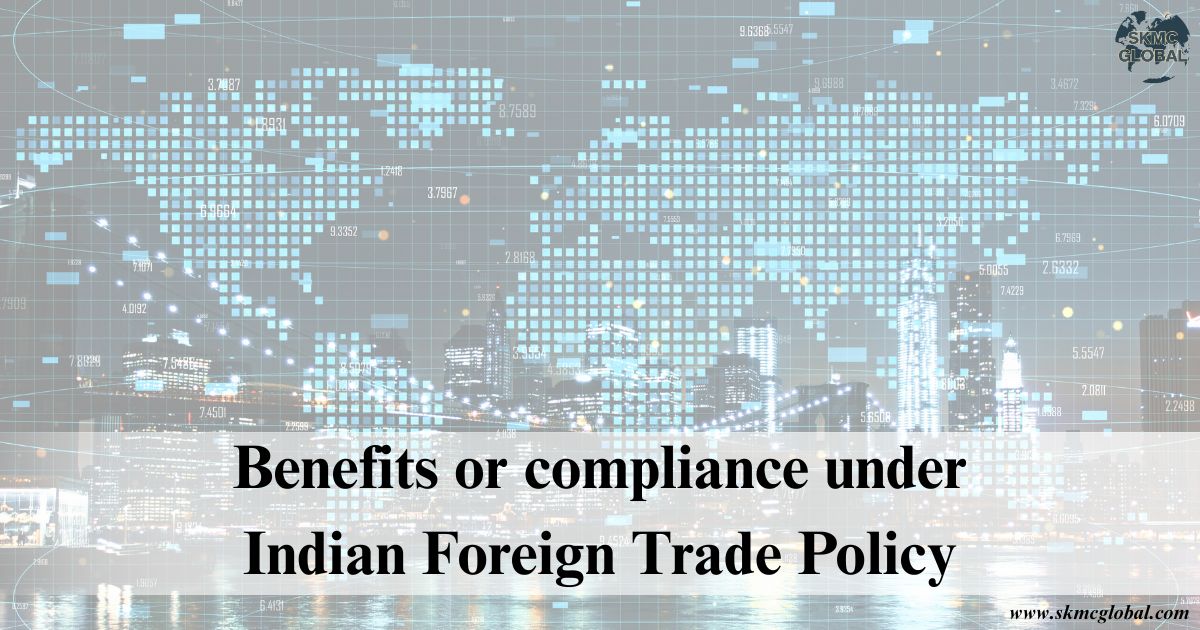 Benefits or compliance under Indian Foreign Trade ...
May 20,2025
Benefits or compliance under Indian Foreign Trade ...
May 20,2025
-
 AEO v/s Non-AEO: Key Differences and Why Your Busi...
May 19,2025
AEO v/s Non-AEO: Key Differences and Why Your Busi...
May 19,2025
-
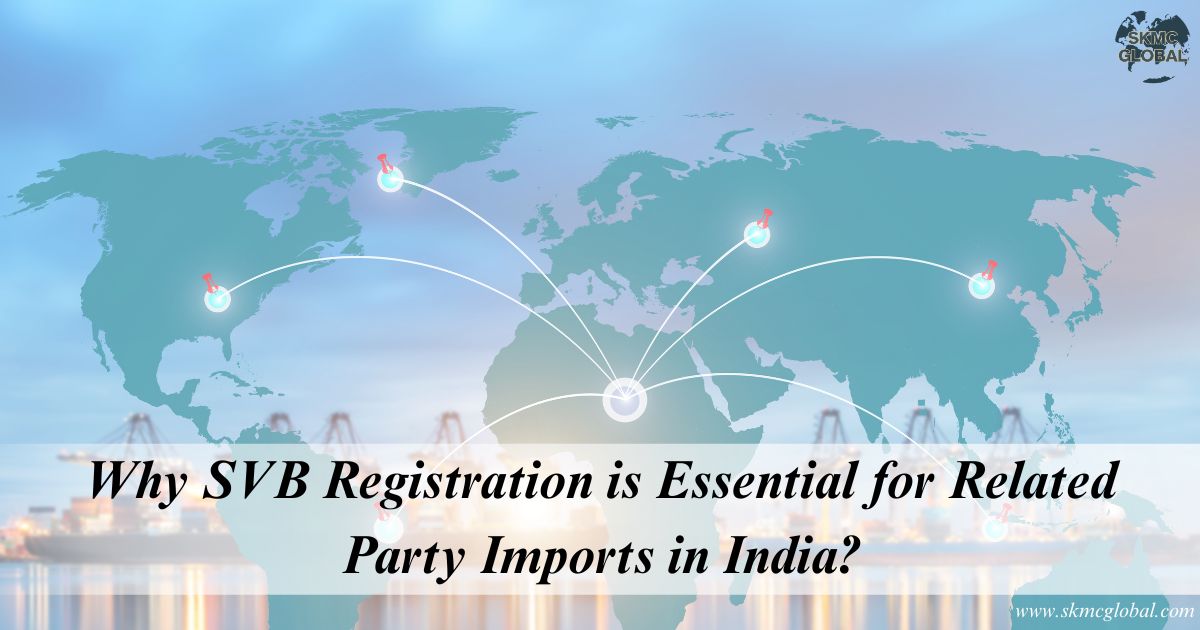 Why SVB Registration is Essential for Related Part...
May 19,2025
Why SVB Registration is Essential for Related Part...
May 19,2025
-
 How Mutual Recognition Agreements Augment AEO Cert...
May 15,2025
How Mutual Recognition Agreements Augment AEO Cert...
May 15,2025
-
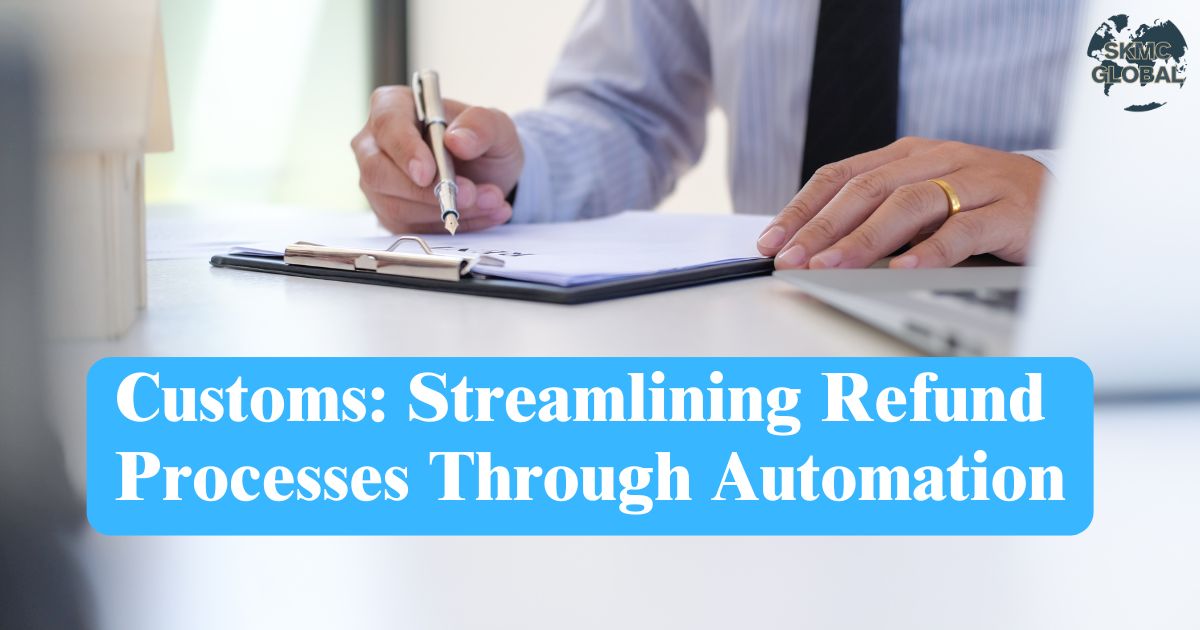 Customs Streamlining Refund Processes Through Auto...
Mar 17,2025
Customs Streamlining Refund Processes Through Auto...
Mar 17,2025
-
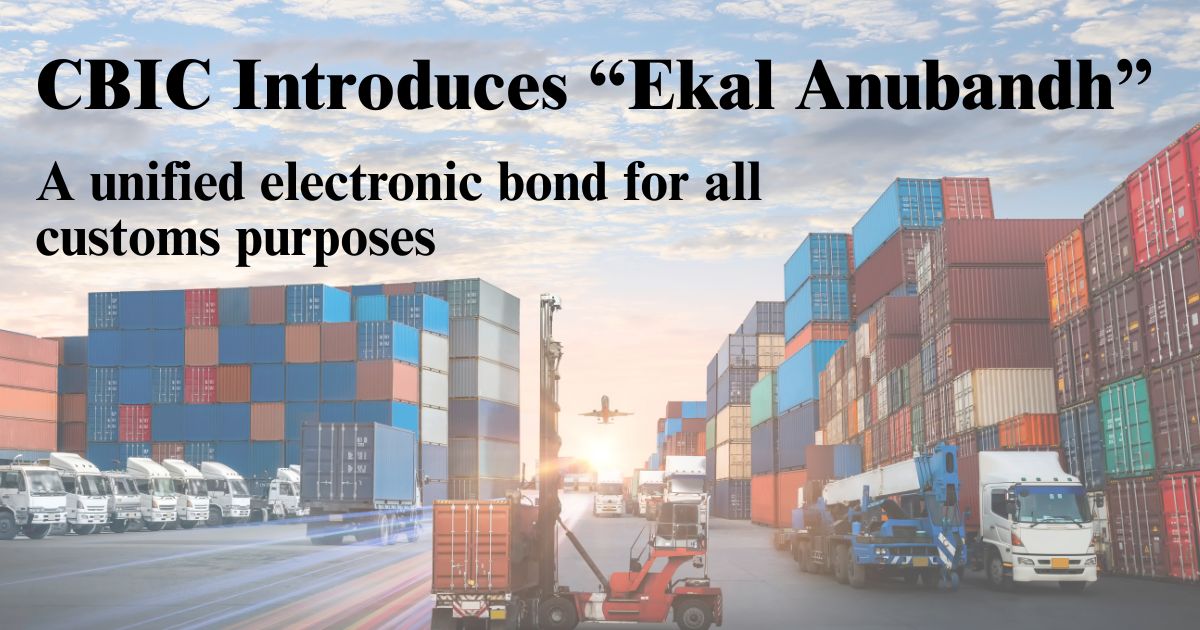 Ekal Anubandh-Single Unified Multi-Purpose Electro...
Mar 06,2025
Ekal Anubandh-Single Unified Multi-Purpose Electro...
Mar 06,2025
-
 Revised guidelines on SVB assessment and its speed...
Aug 26,2021
Revised guidelines on SVB assessment and its speed...
Aug 26,2021
-
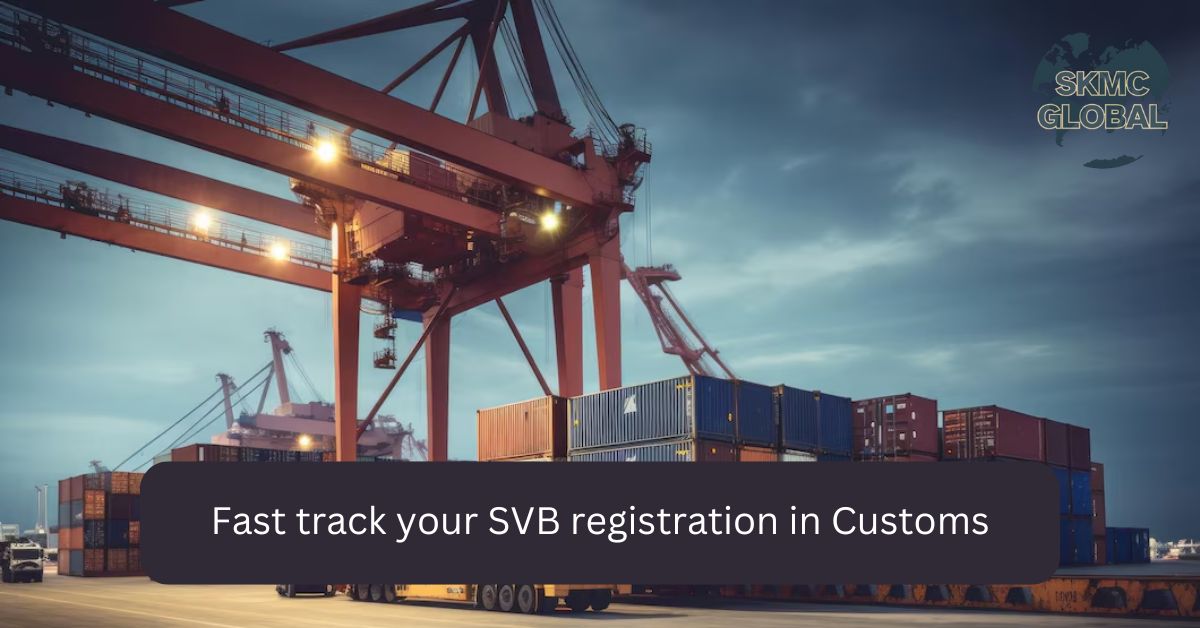 5 ways about how you can fast track your SVB regis...
Jul 21,2021
5 ways about how you can fast track your SVB regis...
Jul 21,2021
-
 AEO Registration in UAE...
Nov 16,2021
AEO Registration in UAE...
Nov 16,2021
